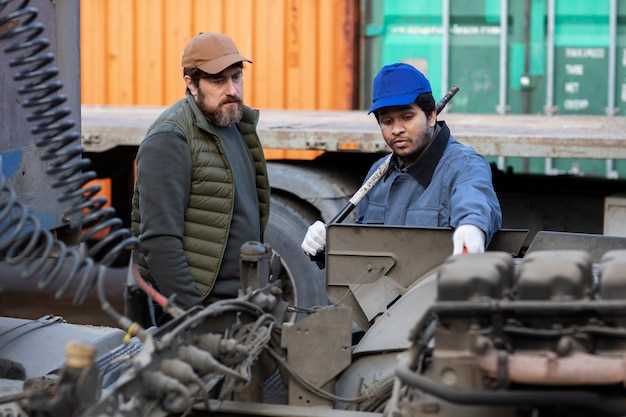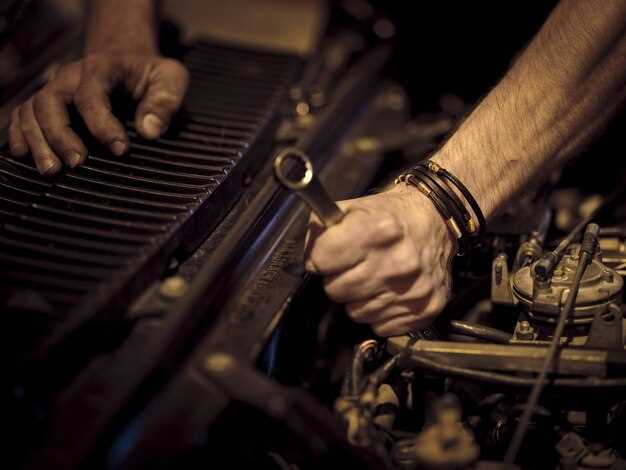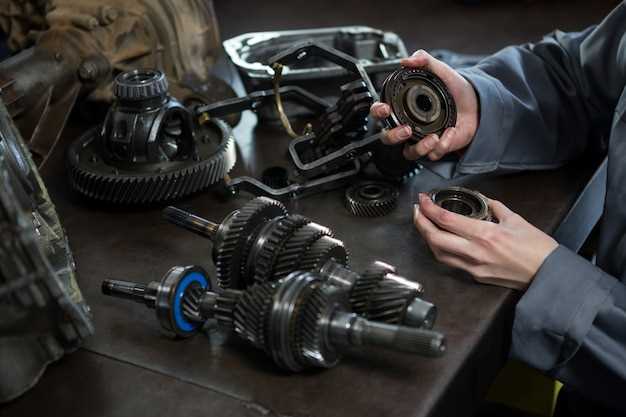What to check in a classic car engine

Maintaining a classic car’s engine requires meticulous inspection to ensure optimal performance and longevity. Over time, engines can experience wear and tear that may affect their reliability. Regular maintenance is essential not only for preserving the vehicle’s historical value but also for safeguarding the driving experience.
One of the critical aspects of engine maintenance is to perform routine checks on various components. This includes monitoring oil levels, coolant conditions, and the integrity of belts and hoses. Each inspection can reveal potential issues before they escalate into more significant problems, allowing owners to take proactive measures.
Additionally, understanding the unique characteristics of classic engines, such as their specific fuel requirements and cooling systems, can further enhance the maintenance process. By staying vigilant and conducting regular engine inspections, classic car enthusiasts can enjoy their vehicles for many more years to come.
Assessing Engine Oil Condition and Levels

Maintaining the engine oil in a classic car is essential for ensuring its longevity and performance. Regularly assessing the condition and levels of engine oil can help prevent significant damage and costly repairs.
Check Oil Levels: Start by checking the oil level using the dipstick. With the engine turned off and on level ground, remove the dipstick, wipe it clean, and reinsert it to obtain an accurate reading. The oil level should be within the marked indicators on the dipstick. If the oil is below the minimum mark, it is crucial to top it off to avoid insufficient lubrication.
Analyze Oil Condition: The condition of the engine oil can indicate how well the engine is functioning. Look for signs of discoloration or debris. Fresh oil is typically amber in color, while dark or black oil can signify that it has absorbed contaminants. If the oil appears milky, it may indicate coolant intrusion, a serious issue that requires immediate attention.
Check for Viscosity: The viscosity of the oil is also an important factor. Classic engines may require a specific grade of oil to function optimally. Over time, oil can break down and lose its lubricating properties, making it less effective. Performing a viscosity test can help determine if the oil is still suitable for use or if it requires replacement.
Smell and Texture: Another method for assessing oil condition is to smell and feel the oil. A burnt smell can indicate overheating or excessive friction within the engine. Additionally, if the oil feels gritty or has a sludge-like consistency, it may be time for a change.
Regularly monitoring engine oil levels and condition is vital for preserving the performance of a classic car. By performing these checks, owners can ensure that their engine remains in optimal working order, leading to a smoother and more reliable driving experience.
Evaluating Cooling System Functionality
Ensuring the cooling system of a classic car is functional is essential for maintaining engine health. Start with a thorough inspection of the radiator for any signs of corrosion or leaks. Check the coolant level; it should be within the recommended range. Low coolant levels can lead to overheating, which is detrimental to engine performance.
Examine the hoses connected to the radiator and the engine. Look for cracks, bulges, or soft spots, as these can indicate potential failure points. Pay attention to the clamps securing the hoses, ensuring they are tight and rust-free. A compromised hose can lead to coolant loss and overheating issues.
Next, assess the condition of the water pump. Listen for any unusual noises that may signal a failing pump. Inspect for leaks around the pump area as well, since a leaking water pump can drastically reduce cooling efficiency. If the engine temperature gauge shows fluctuations, this could indicate an issue with the cooling system requiring immediate attention.
Evaluate the thermostat by monitoring engine temperature during operation. If the engine seems to overheat or takes too long to reach operating temperature, the thermostat may be malfunctioning. Replacing a faulty thermostat can restore proper flow in the cooling system.
Finally, inspect the fan operation, both mechanical and electric. Ensure that the fan engages when the engine reaches a specific temperature. A non-functional fan can lead to engine overheating, particularly in stop-and-go traffic or during warmer months. Regularly checking these components will contribute to the overall longevity and reliability of your classic car’s engine.
Inspecting Ignition System Components

The ignition system is crucial for the performance of any classic car engine. Regular inspections ensure that the engine starts reliably and runs smoothly. Begin the inspection by examining the spark plugs; check for signs of wear, carbon buildup, or incorrect gap settings, as these can affect the combustion process.
Next, assess the ignition wires. Look for fraying, cracking, or excessive wear, as damaged wires can cause misfiring or reduced efficiency. Ensure that the connections are tight and free of corrosion to maintain optimal electrical conductivity.
The ignition coil is another essential component. Inspect it for signs of overheating or damage. A failing coil can lead to poor engine performance or starting issues. Use a multimeter to check the resistance values against the manufacturer’s specifications.
Don’t forget to evaluate the distributor cap and rotor. Cracks or carbon tracking in the cap can disrupt the spark delivery, while a worn rotor can lead to uneven firing. Replace these components if necessary to ensure reliable operation of the classic engine.
Finally, consider the ignition timing. Use a timing light to verify that the timing is set correctly according to the manufacturer’s specifications. Adjustments may be required over time as wear and tear can affect performance. Regular maintenance of the ignition system not only enhances the engine’s reliability but also contributes to its overall longevity.




